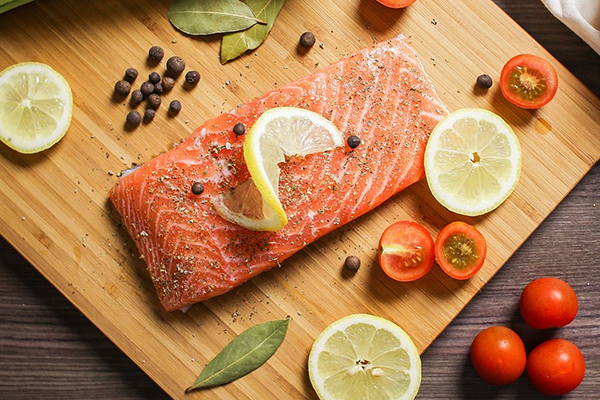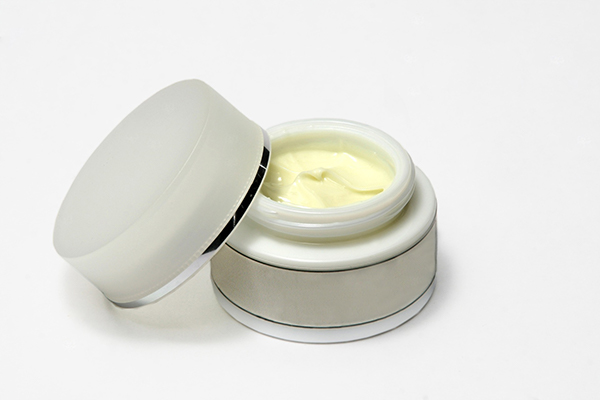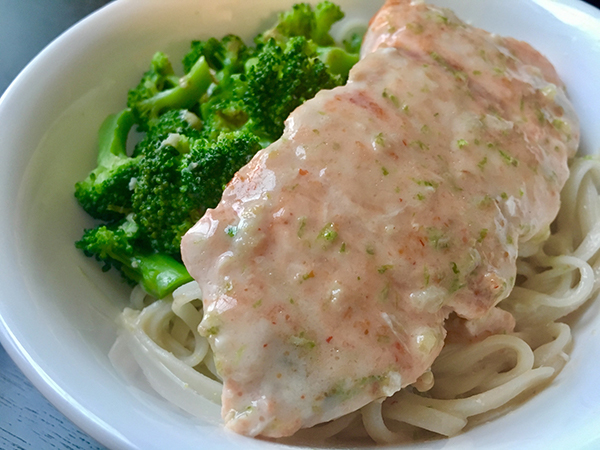It’s been dubbed “the most important body system that you’ve never heard of.” The endocannabinoid system (ECS) was discovered in the early 1990’s. It’s not a structural system like the nervous or vascular systems. Instead, the ECS is made up of a network of receptor sites in almost every part of the body, with the highest concentration in the brain and central nervous system. It interacts with every system in the body, monitoring the body for signs of imbalance and then releasing compounds to help address the problem.
Given that the ECS is distributed throughout the body, it supports and regulates many important areas of our health including our stress response, brain health, digestion, skin and bone health, reproduction, hormone regulation and metabolic function. More specifically, it helps to regulate appetite, pain, mood, attention, memory, learning, immune function, inflammation, fertility, fetal development, cardiovascular health, glucose and lipid metabolism and sleep. And this list keeps growing as more research is done. But basically, it works to keep the body in balance.
The Endocannabinoid System works to keep the body in balance. Find out how and what you can do to optimize it. #saslife Click To TweetEndocannabinoids
The system is regulated by 2 main endogenous cannabinoids or endocannabinoids, meaning they are produced within the body – anandamide and 2-arachidonoyl glycerol (2-AG). Some research is showing that there are others, but these are the most studied so far. They are produced “on demand” and are not stored. They are rapidly degraded after exerting their localized effect.
Endocannabinoids are produced from arachidonic acid (found in eggs, meat and dairy products), but also need adequate omega-3 fatty acids (from wild salmon, sardines, etc.) to function properly.
Receptors
Within the ECS there are two predominant endocannabinoid receptors – CB1 and CB2. There are others, but these two are the most studied, so far.
- CB1 receptors are located throughout the body but are primarily found in the brain and nervous system.
- CB2 receptors are also located throughout the body but are primarily found in the immune system.
When your ECS is functioning properly, endocannabinoids (anandamide and 2-AG) are produced based on the demands and needs of the body. These engage with the CB1 and CB2 receptors and neurotransmitters are released sending messages to cells, tissues, organs and other systems of the body.
Modulating the ECS
Long-term imbalances in the ECS or an endocannabinoid deficiency are of growing concern. Termed “Clinical Endocannabinoid Deficiency,” this has been implicated in a growing list of disorders including fibromyalgia, chronic fatigue syndrome, migraines, irritable bowel syndrome, infant colic, glaucoma, PMS, depression and even conditions like PTSD and bipolar disorder.
Genetic variants, maternal obesity, excessive alcohol intake and long-term use of glucocorticoids (like prednisone) are all suggested causes based on current research.
Lifestyle Strategies to Optimize Your Endocannabinoid System
Regular Movement or Exercise (that you enjoy!)
- If the body perceives the exercise as stressful or you hate it, you won’t get the same ECS benefits. So, find activities that you actually like!
Socializing
- Social isolation can decrease endocannabinoid production. Find group activities that you enjoy, or at least hang out with some friends on a regular basis.
Massage and Acupuncture
- Massage and acupuncture increase endocannabinoid levels.
Regular Meditation, Yoga and Deep Breathing
- These have been shown to have mild cannabinoid-like effects.
Limit Alcohol Intake
- Regular moderate to high alcohol intake can impair ECS function, so limit or avoid alcohol for optimal ECS functioning.
Eat Organic as Much as Possible (meat and dairy products too!)
- Certain pesticides (such as chlorpyrifos and diazinon) disrupt the ECS.
- Do the best you can, check out the Dirty Dozen list from EWG.org for the produce items with the highest pesticide residue levels, and try to include more organic, grass-fed meat and dairy.
Avoid/Limit Plastics
- Phthalates found in plastics block cannabinoid receptors. Choose glass or stainless-steel food containers and NEVER eat food that’s been heated in plastic.
Clean Up Personal Care Products
- Phthalates are also found in cosmetics, deodorants, lotions, creams, and many other products. Anything with “fragrance” on the ingredients likely has phthalates (air fresheners, perfume, etc. too). Check out EWG.org for better options.
Since the discovery of the ECS, researchers have been busy trying to figure out what modulating the ECS can do. The results of these studies have suggested that adding cannabinoids (like CBD) may have therapeutic potential in many diseases including obesity, metabolic syndrome, diabetes, neurodegeneration, cardiovascular, liver disease, gastrointestinal issues, skin diseases, pain, psychiatric disorders, cancer, nausea, vomiting, inflammatory conditions and many others. However, this research is in its infancy.
The ECS is very complex and there may be downsides to altering how our ECS is working. Some research is finding that treating one condition may cause another issue. For example, one study showed that while cannabinoids provided some benefits for those with obesity and metabolic syndrome, they caused anxiety and depression in some of the subjects. Another study showed promise for pain, but caused cardiovascular side effects and liver toxicity. These studies were both conducted with isolated cannabinoids, which many argue is why they had negative results. Researchers are studying different compounds or collections of compounds to see how they might cause different reactions (i.e. isolated CBD vs. full spectrum hemp extract).
Phytocannabinoids or plant-based cannabinoids (like CBD) mimic those produced in the body and interact with the receptors or slow the breakdown of endocannabinoids, making their effects last longer.
More research is needed to figure out the nuances of the ECS and to better understand how the ECS works.
Check out the next blog all about how to modulate your endocannabinoid system with cannabinoids like CBD and others.
Resources:
- An Introduction to the Endogenous Cannabinoid System
- Cannabinoid Receptors and The Endocannabinoid System
- Care and Feeding of the Endocannabinoid System
- Modulating the Endocannabinoid System in Human Health and Disease
Poached Salmon in Coconut Lime Sauce
Recipe Adapted from: RecipeTin Eats
Makes 4 Servings
PRINT RECIPE
A delicious way to get your omega-3 fatty acids in!
Ingredients
4 salmon fillets, preferably skinless
2 Tbsp coconut or avocado oil
2 garlic cloves, minced
2 tsp grated fresh ginger
1 stalk lemongrass, peeled and grated OR zest from ½ a lemon
1-2 tsp chili garlic paste* OR sriracha sauce
1 can coconut milk
1 Tbsp fish sauce*
Zest from 1 lime
Juice from 1 lime
Directions
- Heat 1 Tbsp oil in a deep skillet over medium high heat. Add salmon and sear for just a minute until golden, then flip and sear for 1 more minute. Remove and set on a plate (will still be raw inside).
- Reduce heat to low and let the skillet cool for a minute. Add 1 Tbsp oil, garlic, ginger and lemongrass (or lemon zest). Cook just 1 minute then stir in chili paste and add coconut milk. Scrape up any browned bits. Add fish sauce and increase heat to medium. Simmer 2-3 more minutes.
- Add the salmon back to the pan (with the sauce) and simmer gently for about 4 minutes or until just cooked.
- Remove salmon and place on serving dishes.
- Stir in lime zest and lime juice to the sauce in the pan, taste and add salt as needed.
- Spoon sauce over salmon.
*pay attention to the ingredients, some brands contain added sugars and preservatives.
Notes: The sauce is delicious and works well with shrimp or chicken too.








2 Comments
This is an extremely information article that explains the issue more clearly than other articles I have read. TY!
Yea! I'm so glad you found it helpful!